Bridging the Gap: How African Tax Authorities Are Using Data-Driven Tools for VAT Compliance

Summary
African tax authorities are increasingly using data-driven tools like e-invoicing platforms, mobile money data, third-party data, and AI/analytics to improve VAT compliance and reduce revenue loss.
Countries like Kenya, South Africa, Tanzania, Egypt, and Morocco are early adopters of these technologies, implementing solutions such as e-invoicing, risk-based audits, and continuous transaction controls.
Despite progress, challenges such as structural gaps, high implementation costs, data quality issues, and taxpayer resistance remain, requiring businesses to adapt to real-time reporting obligations and enhanced audit environments.
Introduction
Across Africa, VAT remains the single most important source of government revenue. Yet, despite VAT’s broad base, compliance gaps remain stubbornly high. According to the African Tax Administration Forum (ATAF), some countries lose between 30% and 50% of potential VAT revenue due to underreporting, fraud, and informal sector activity.
Faced with mounting fiscal pressures, tax authorities are increasingly turning to data-driven technologies to modernise VAT administration. From e-invoicing platforms to artificial intelligence (AI)-enabled audits, these tools aim to bridge the VAT compliance gap by improving visibility into taxpayer transactions, reducing fraud, and simplifying reporting.
Data Tools Reshaping VAT Compliance
1. E-invoicing Platforms
E-invoicing has emerged as the backbone of modern VAT compliance. By requiring businesses to issue invoices electronically in a standardised format, tax authorities can monitor transactions in real time. Latin America pioneered this model, but African countries are now catching up.
Kenya: The Electronic Tax Invoice Management System (eTIMS) mandates businesses to issue e-invoices directly linked to the Kenya Revenue Authority.
Egypt: The Egyptian Tax Authority (ETA) rolled out mandatory e-invoicing for large businesses in 2020, expanding to SMEs.
Morocco: Launched its national e-invoicing regime in 2023 to improve VAT collection and transparency.
Tanzania: Pioneered the adoption of Electronic Fiscal Devices (EFDs) in the region, which are machines that issue tax invoices and receipts while simultaneously sending real-time sales data to ensure automatic verification of invoices, which is crucial for input tax credit claims, thereby creating a strong audit trail from seller to buyer.
2. Mobile Money and Digital Payments Data
The rise of mobile money and fintech in Africa creates rich data sources. Tax authorities are beginning to tap into payment platforms to reconcile declared VAT with actual flows.
Ghana has explored integrating data from mobile money operators into its tax monitoring systems.
Uganda uses transaction-level data from telecom companies to cross-check VAT compliance.
Kenya has explored utilizing transactional data from mobile money merchants to compare transaction volumes to turnovers declared tax filings.
3. Third-Party Data and Cross-Matching
Information is the lifeblood of tax administration. African tax authorities are increasingly integrating data from other government agencies and private sector entities to create a comprehensive taxpayer profile:
Identification Systems: Linking digital national ID systems to tax registration helps broaden the tax base and bring previously informal entities into the tax net, as seen in ongoing efforts in countries like Uganda and Ghana.
Cross-Checks: VAT returns are automatically cross-checked against data from Pay As You Earn (PAYE) returns, import/export declarations, and financial institutions to detect inconsistencies, such as firms reporting low turnover for VAT but high staff costs for PAYE.
4. AI and Analytics
The sheer volume of data generated by e-invoicing, customs records, banking transactions, and third-party sources (like utility companies) is meaningless without the capacity to analyse it.
South Africa’s revenue authority, SARS, has been a leader in using AI-powered risk engines to flag anomalies in VAT returns. AI tools can detect patterns that suggest fraud such as repeated refunds or unusual transaction spikes reducing reliance on manual audits.
Kenya is heavily investing in and actively implementing AI, Machine Learning, and data analytics as a core part of its modernization strategy to enhance tax compliance and increase revenue collection.
Country Case Studies: Early Adopters
1. South Africa: Risk-Based Audits
South Africa’s Smart Audit Platform integrates AI and big data analytics into VAT audits. This allows SARS to identify high-risk taxpayers and reduce compliance burdens for compliant ones.
2. Kenya: e-Invoicing and Prefilled VAT Returns
Kenya’s eTIMS platform requires businesses to issue e-invoices that integrate with electronic fiscal devices and point-of-sale systems. Combined with the ubiquity of mobile money, this gives the KRA unprecedented visibility into daily transactions. The Authority has also enhanced transaction matching in VAT returns against transmitted invoices and utilization of “VAT Special Table” for cases where there are irregularities identified.
3. Tanzania: From EFDs to E-invoicing using Virtual Fiscal Devices (VFDs)
The country is now moving toward e-invoicing platforms that allow more efficient transaction-level monitoring. This software-centric shift enables a pre-clearance model: a taxpayer's system must transmit invoice data to the EFDMS, where it is instantly validated and returned with a unique verification code and QR code before being issued. This process gives the TRA unprecedented, real-time transaction-level data, which is crucial for digital auditing and applying data analytics to automatically verify tax claims and identify non-compliance.
4. Egypt and Morocco: Continuous Transaction Controls (CTCs)
Both countries are aligning with OECD best practice by moving to real-time continuous transaction controls (CTCs). These require invoices to be cleared or reported to the tax authority before being issued to customers ensuring that every transaction enters the VAT net.
Challenges in Adopting Data-Driven VAT Tools
Despite progress, challenges remain in deploying these technologies effectively:
Structural and Institutional Gaps
Research reveals persistent gaps in tax administration that technology alone cannot overcome. Many taxpayer registers remain incomplete, containing duplicates, outdated contacts, or omitting informal businesses entirely. Siloed systems for filing, payments, and registration often operate separately, slowing efficiencies and preventing seamless data integration. Perhaps most critically, authorities often collect more information than they can effectively analyse, leaving valuable data insights untapped due to insufficient risk models or targeted enforcement strategies.
Costs: Implementing e-invoicing systems and analytics platforms requires significant investment, which can burden both governments and SMEs.
Data Quality and Governance: Ensuring the accuracy, completeness, and security of large, sensitive datasets, and establishing robust legal frameworks for data sharing and privacy remains paramount.
Interoperability: Integrating data from banks, telecoms, customs, and third-party providers remains complex.
Resistance from Taxpayers: SMEs in particular may resist compliance due to upfront technology costs and lack of digital literacy.
Implications for Businesses
For businesses operating in Africa, the adoption of data-driven VAT compliance tools has direct consequences:
Real-Time Reporting Obligations: Companies must prepare for mandatory e-invoicing and continuous transaction controls, often on short timelines.
Systems Upgrades: ERP and accounting systems need to be configured to integrate with tax authority platforms and APIs.
Data Governance: Businesses must ensure that transaction data is accurate, consistent, and audit-ready. Errors in digital reporting can trigger automated audits.
Audit Environment: With AI-driven risk engines, tax audits are becoming more targeted and faster. Companies must ensure they can respond quickly to electronic queries.
In essence, businesses cannot afford to view VAT compliance as a back-office function. It is now a technology and data management issue.
Future Outlook: Where Is Africa Heading?
Looking ahead, several trends are likely to define VAT administration in Africa:
Real-Time Reporting & Continuous Transaction Controls (CTCs)
More countries are expected to follow Egypt and Morocco in adopting real-time VAT reporting. This trend will spread as systems mature.AI and Machine Learning
Tax authorities will expand use of AI for fraud detection, risk scoring, and predictive compliance modelling.Blockchain-Based Solutions
Pilots in some jurisdictions may explore blockchain as a tool for secure, tamper-proof invoice authentication.Cross-Border Data Sharing
As the African Continental Free Trade Area (AfCFTA) deepens, expect moves toward regional VAT data standards to track cross-border trade digitally.Unified Digital VAT Strategy
Momentum is building for an eventual continent-wide strategy on digital VAT, harmonising rules for e-invoicing, reporting, and digital services taxation.
Conclusion
African tax authorities are increasingly bridging the VAT compliance gap with data-driven tools. From Kenya’s eTIMS to South Africa’s AI-driven audits and Egypt’s real-time e-invoicing, the continent is adopting global best practices, albeit unevenly.
VAT compliance in Africa is becoming digital-first. Companies that adapt quickly by upgrading systems, strengthening data governance, and preparing for real-time reporting will not only reduce compliance risk but also gain a competitive edge in this emerging space.
Sources;Kenya Revenue Authority,South African Revenue Service,International Centre for Tax and Development,OECD

Featured Insights

Angola’s E-Invoicing Mandate: Phased Implementation Continues Into 2026
🕝 December 10, 2025
VAT Deduction and Business Succession: When Do Advisory Costs Serve the Company’s Interest?
🕝 December 8, 2025
Europe’s Plastic Fiscal Shift: Why Italy’s Plastic Tax Now Starts in 2027
🕝 December 3, 2025
The Decline of Low-Value Import Exemptions: Closing Gaps in Cross-Border E-Commerce
🕝 November 20, 2025More News from Africa
Get real-time updates and developments from around the world, keeping you informed and prepared.
-e9lcpxl5nq.webp)


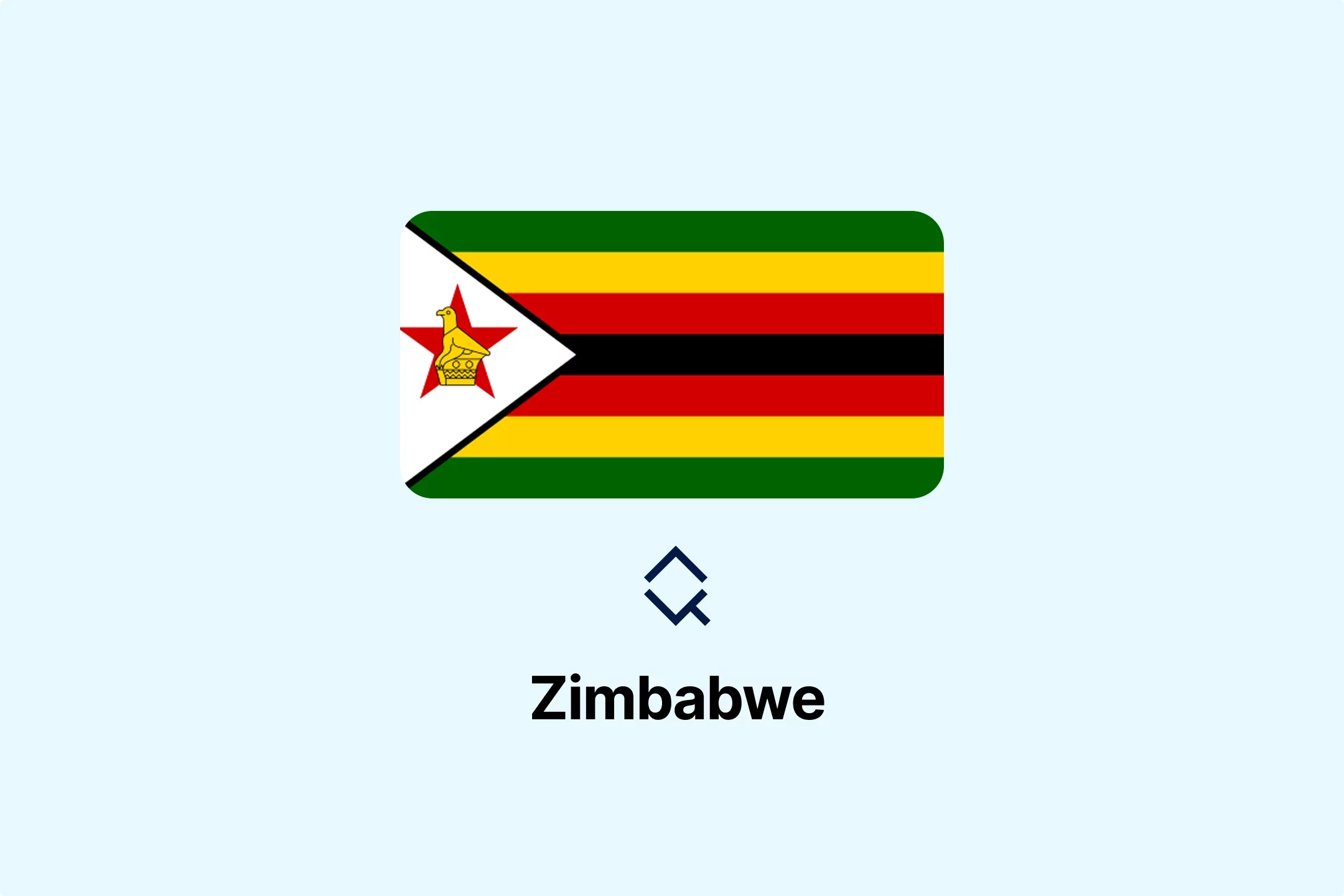
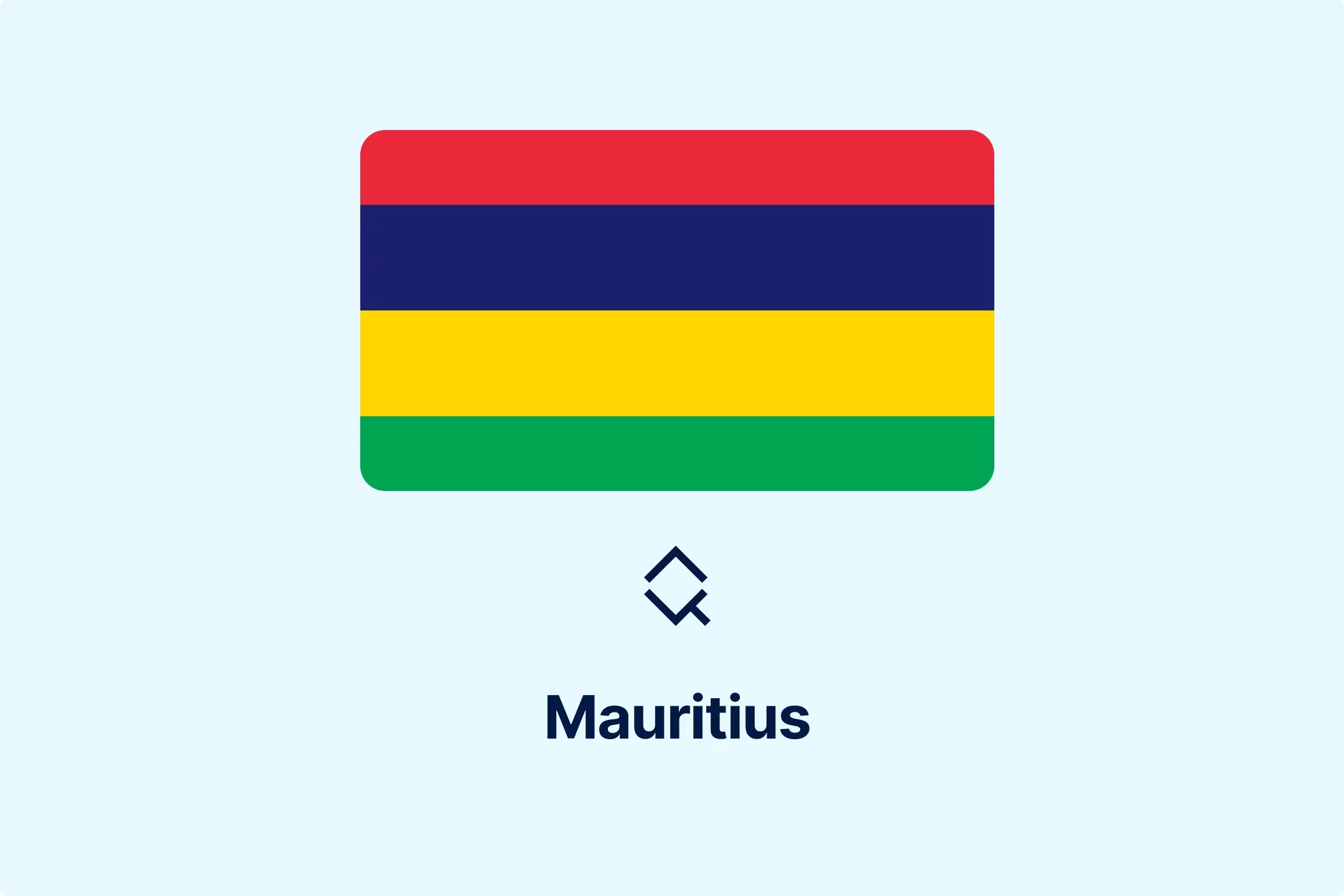
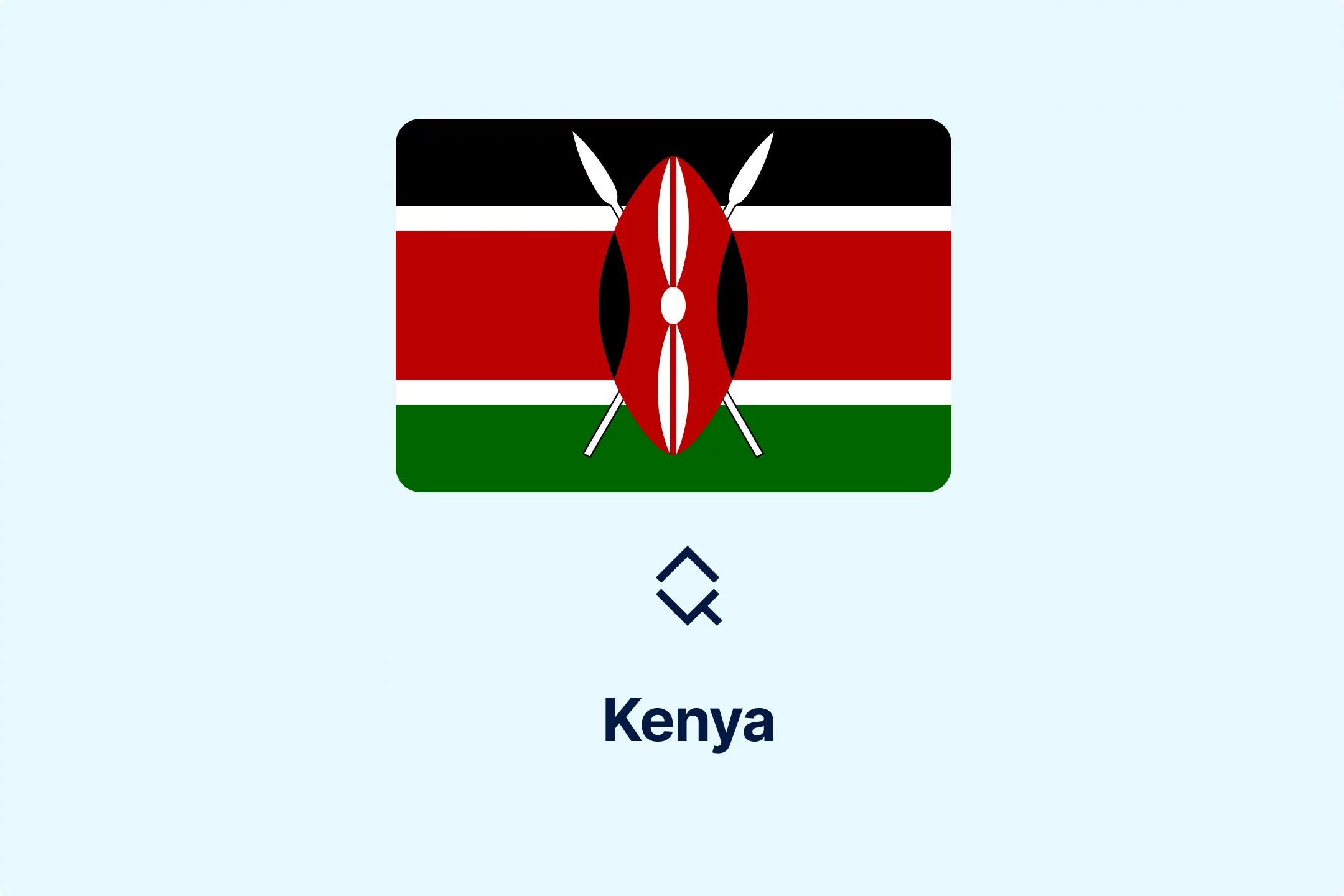
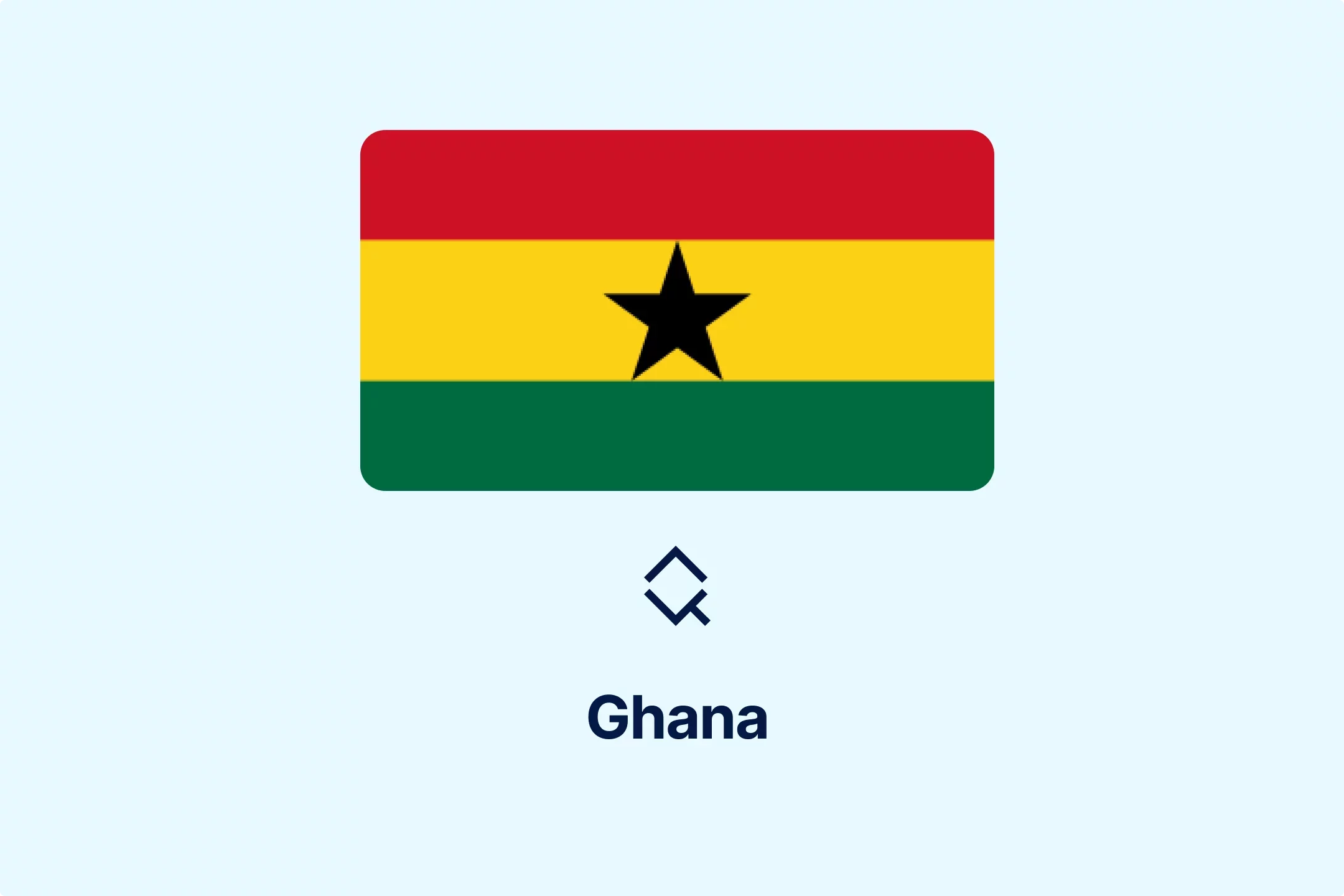
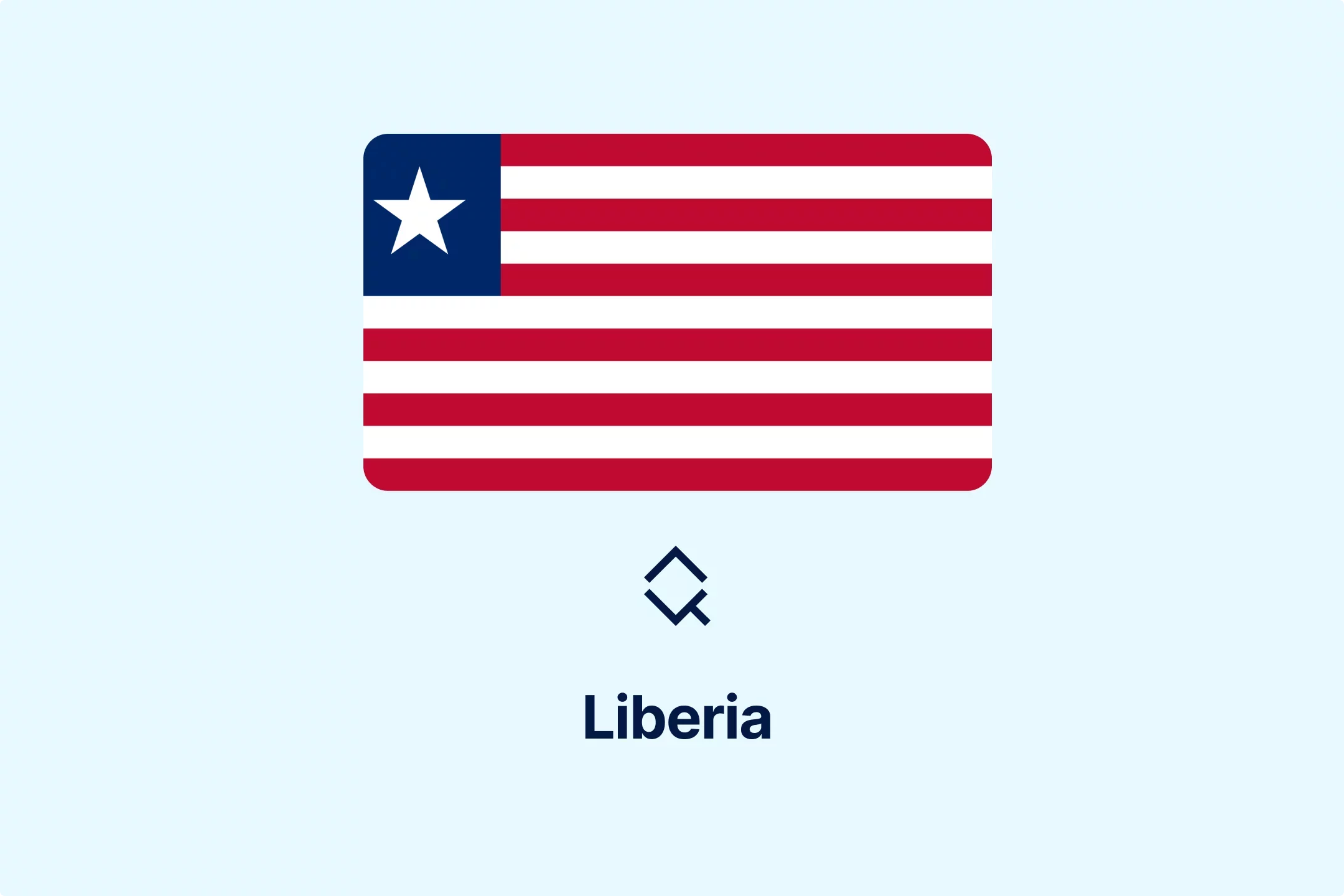
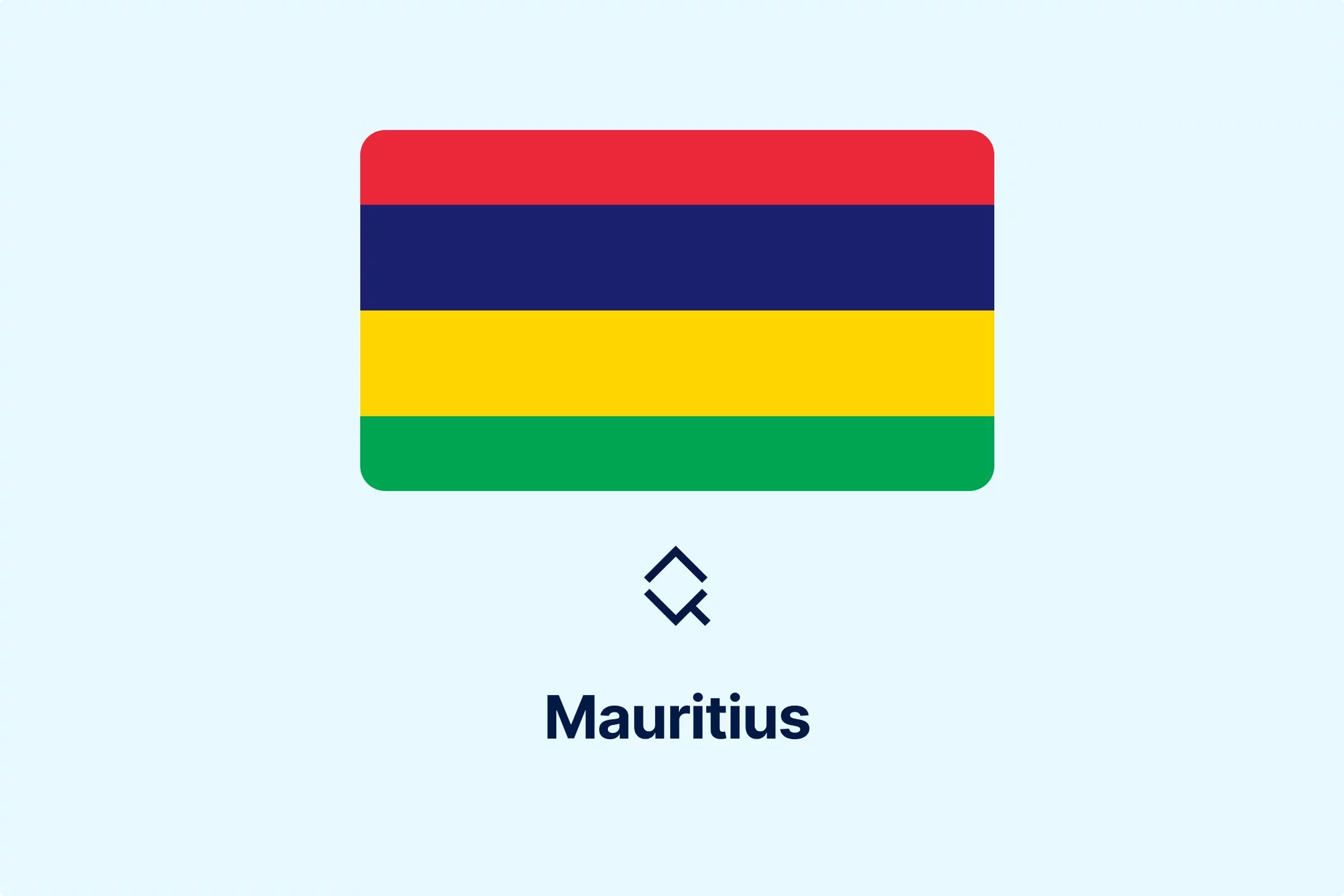
-26y2kxniki.webp)
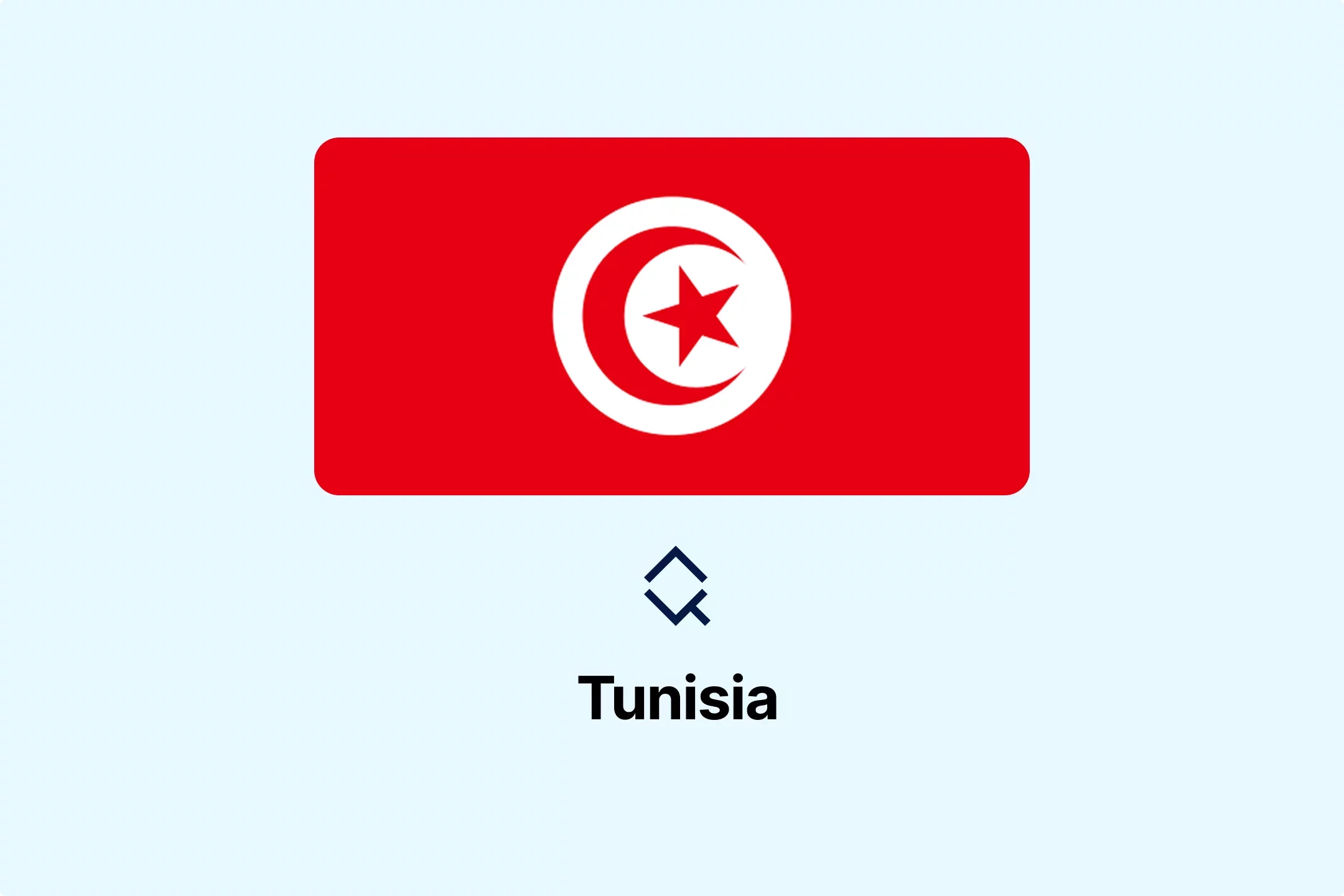



-pyxy31ev4o.webp)
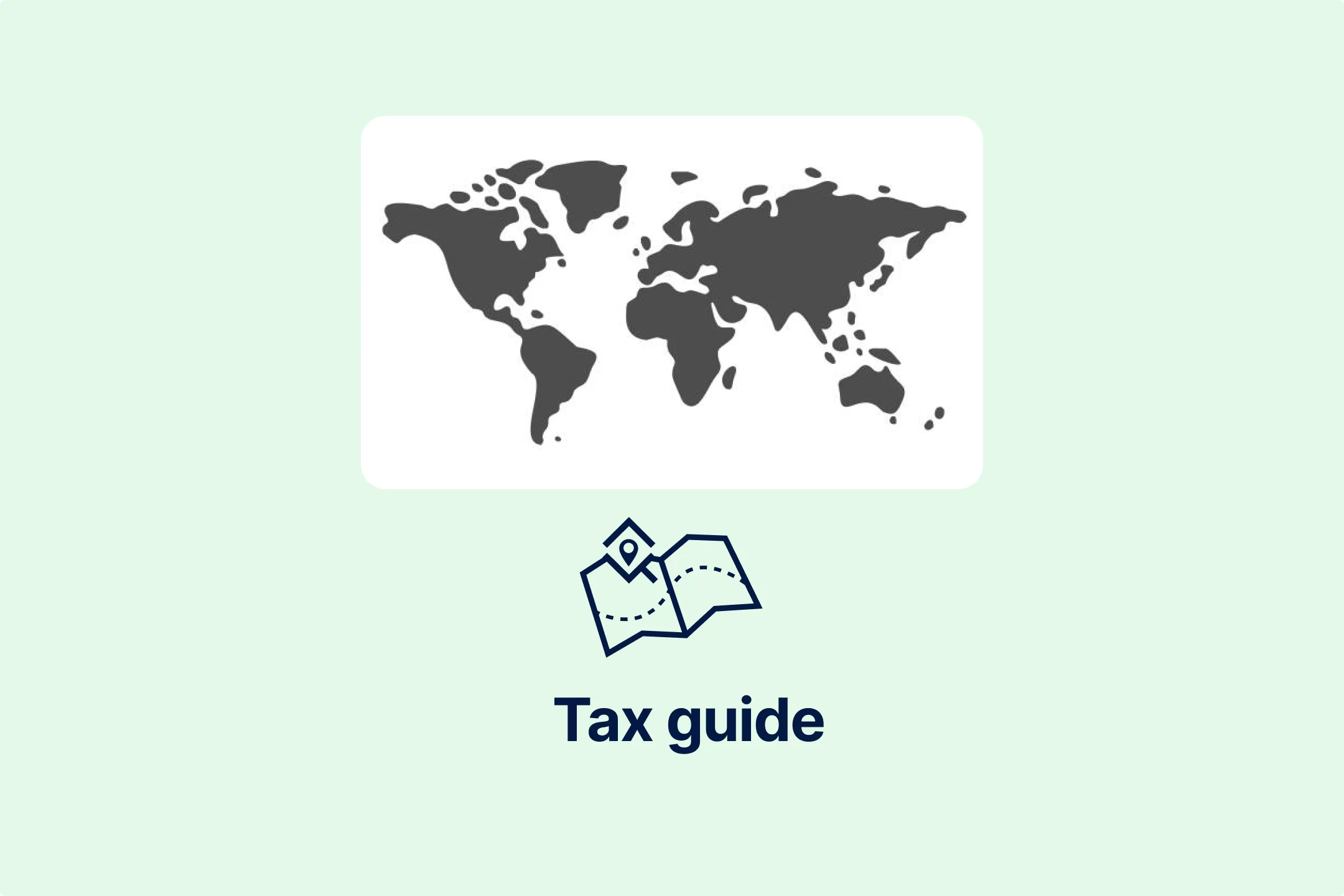
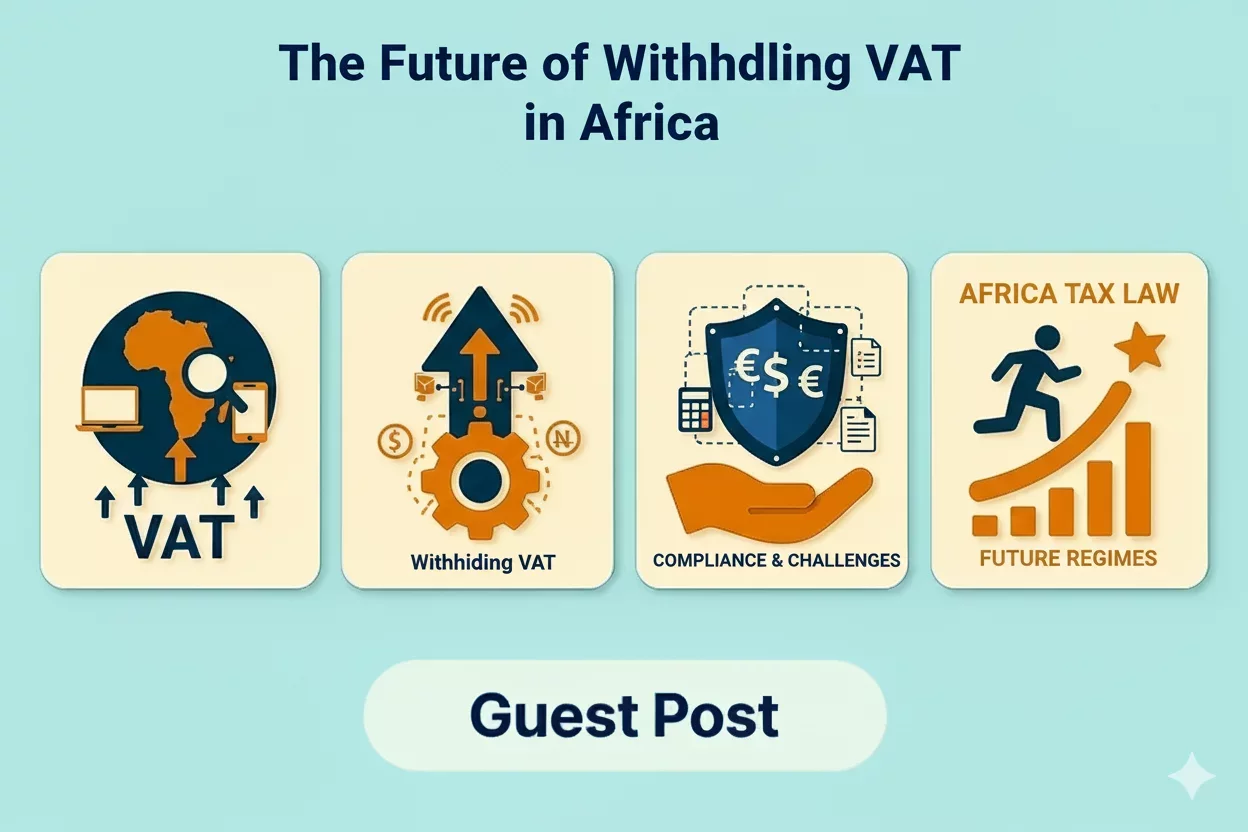
-rsgux3hh8v.webp)
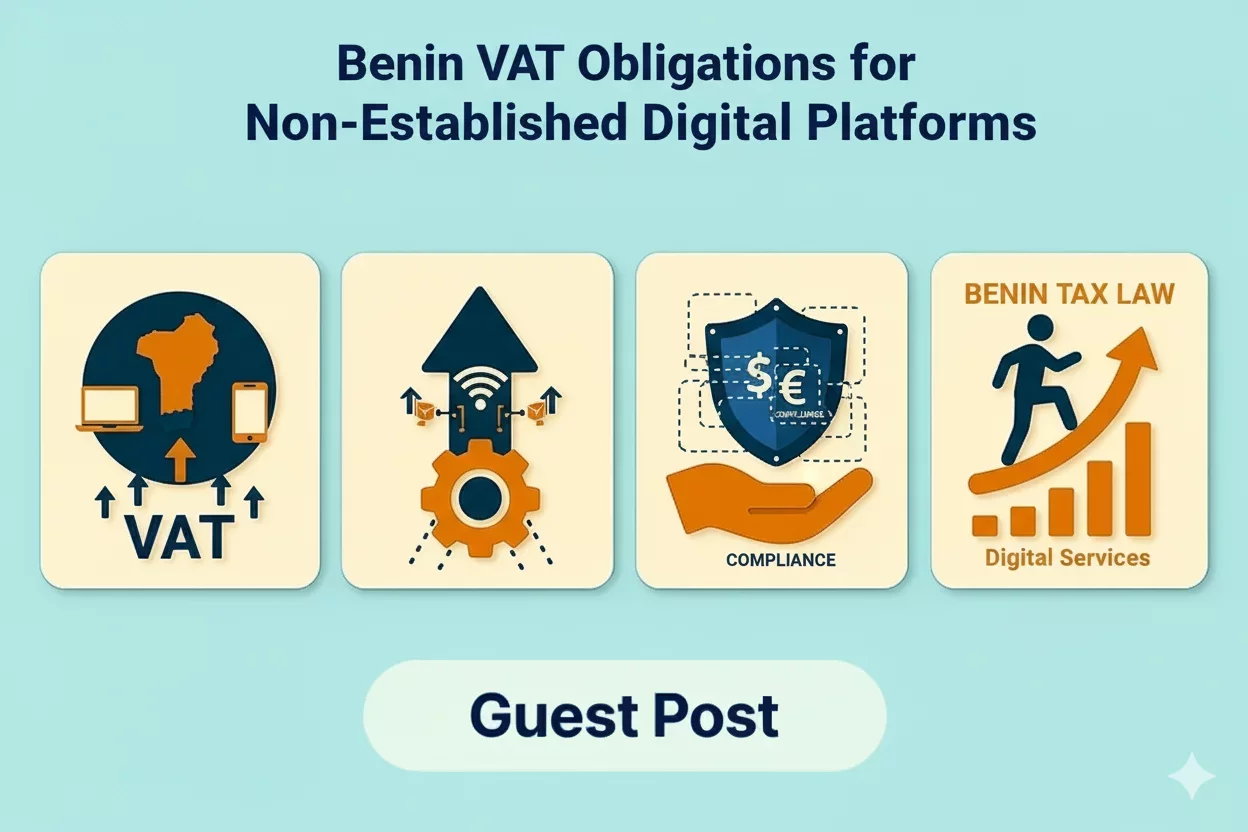
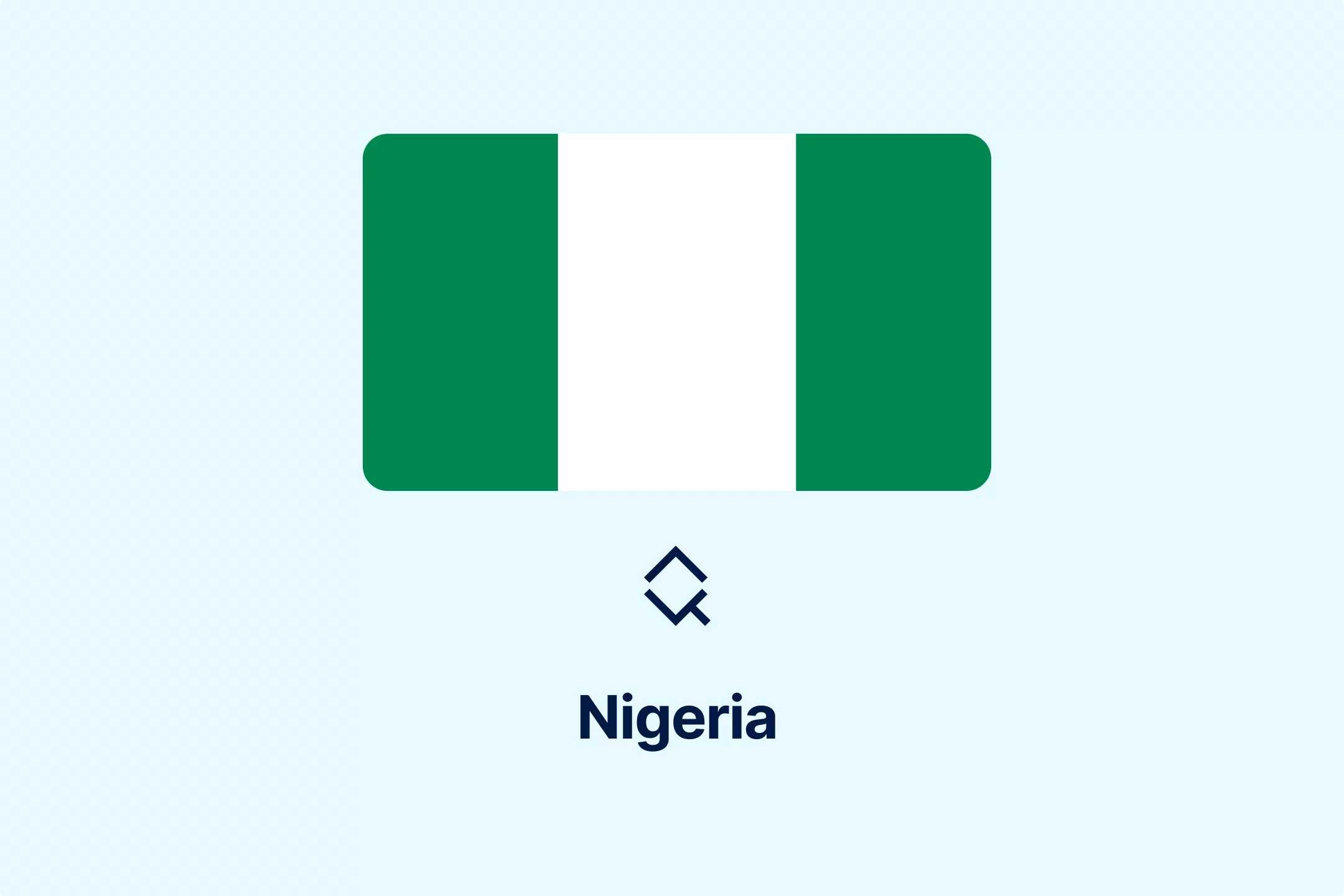
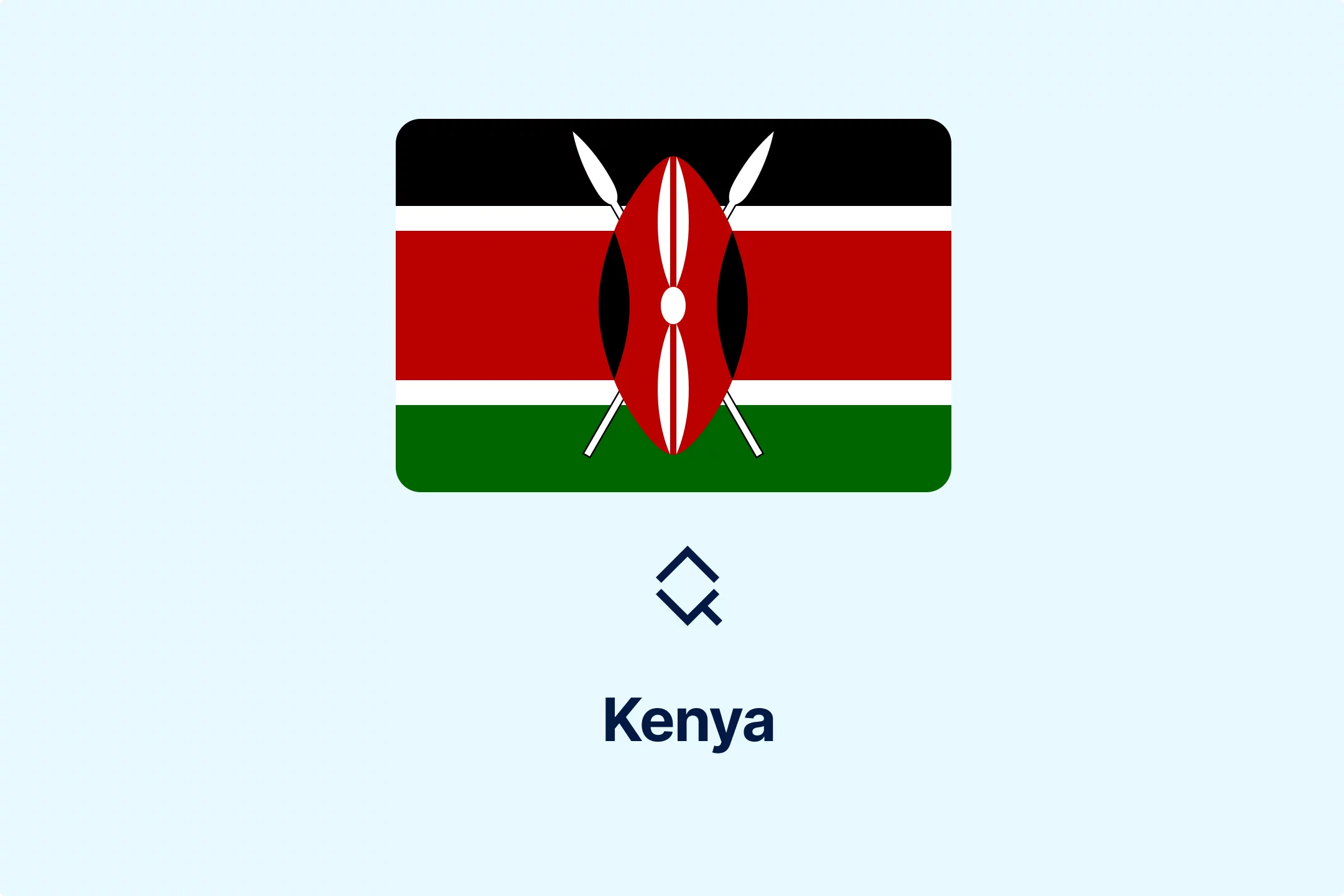
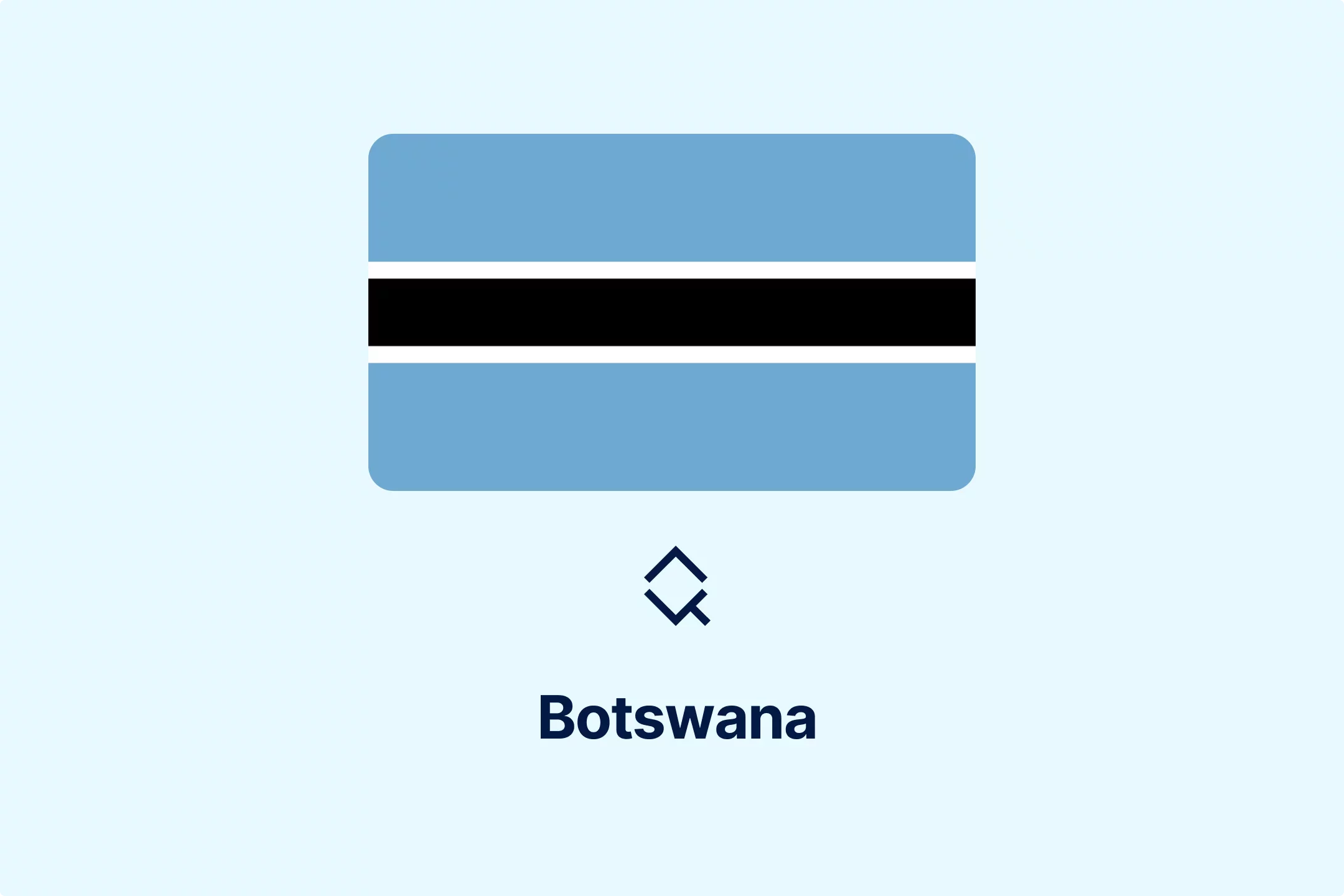

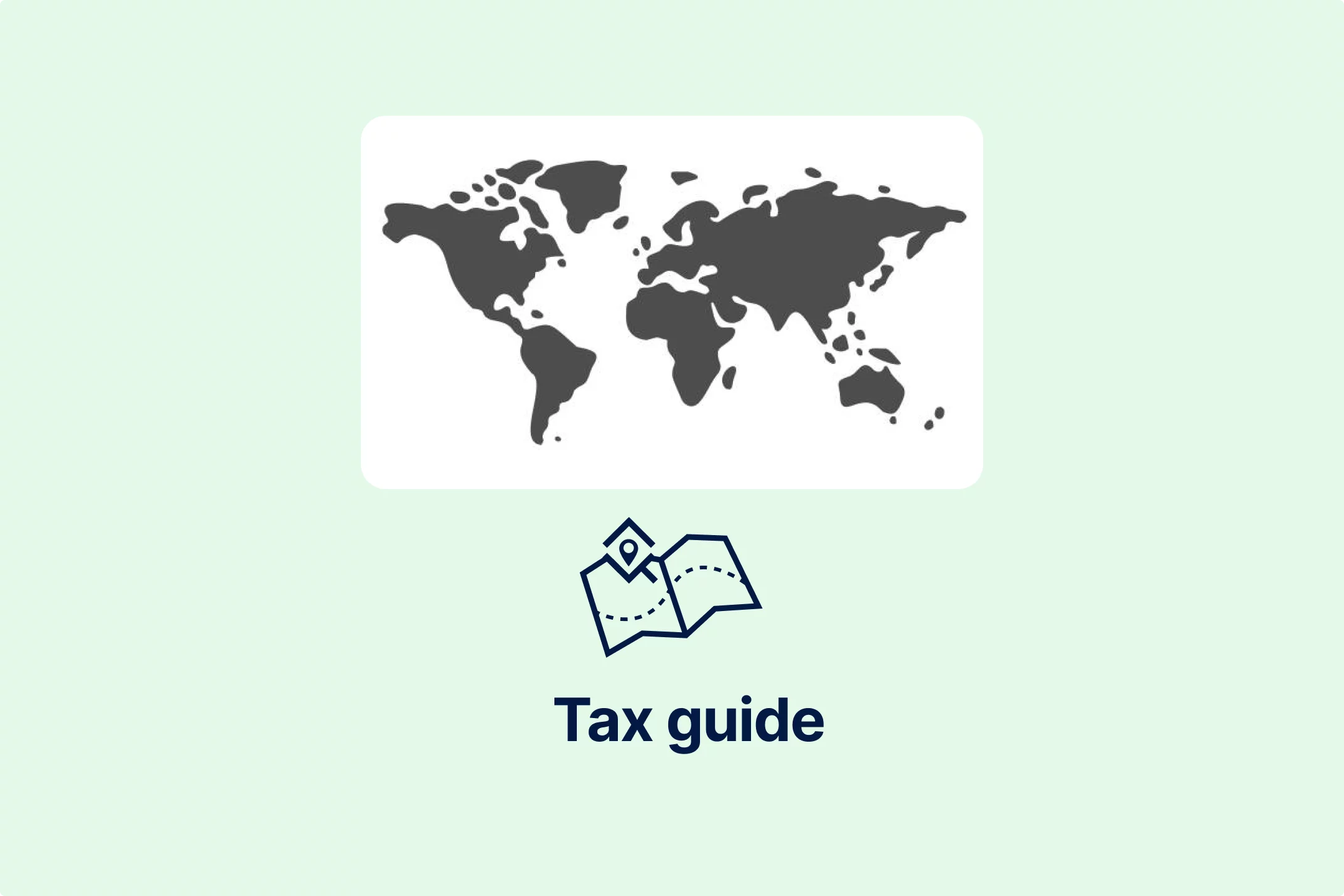

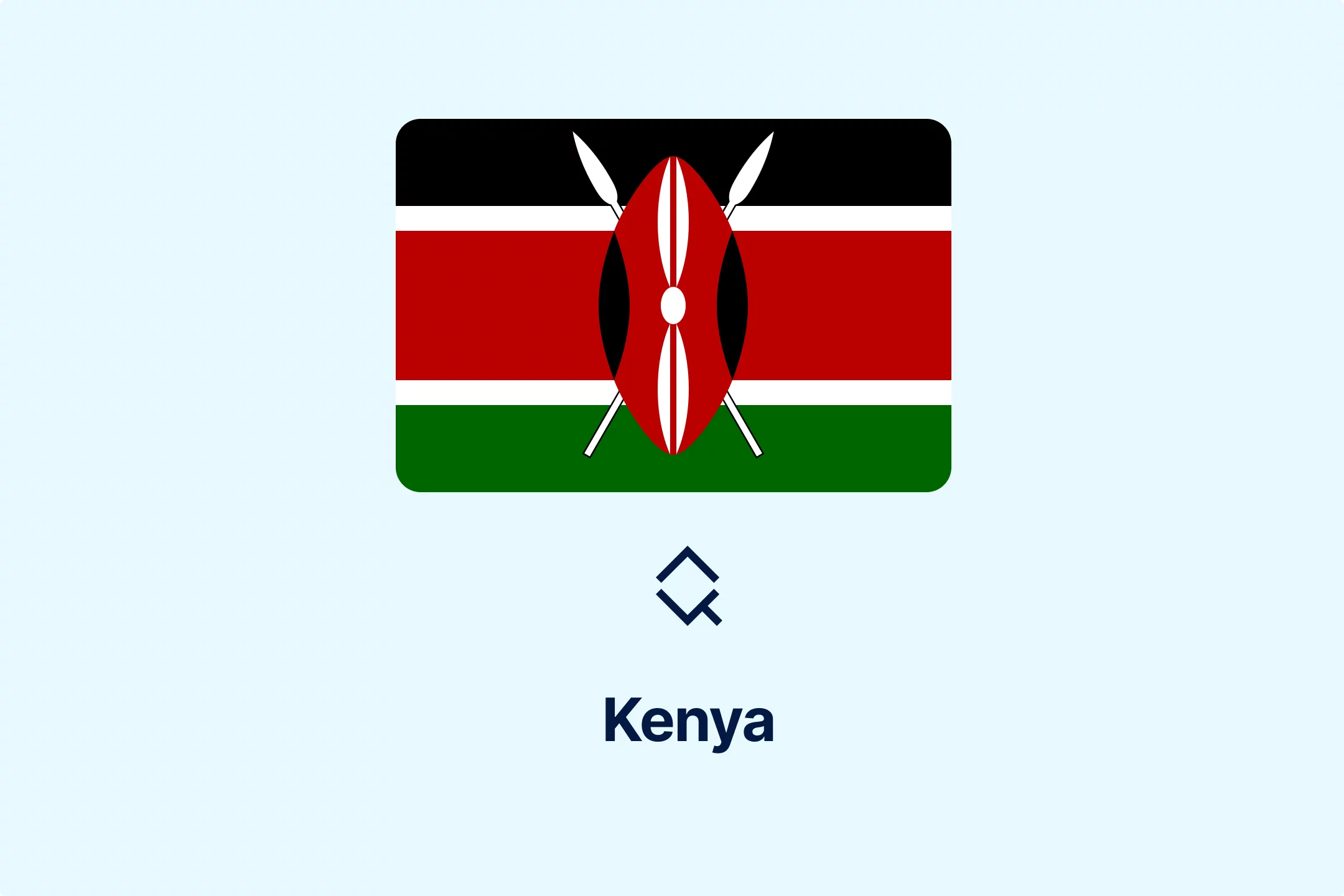
-tc819smrvc.webp)

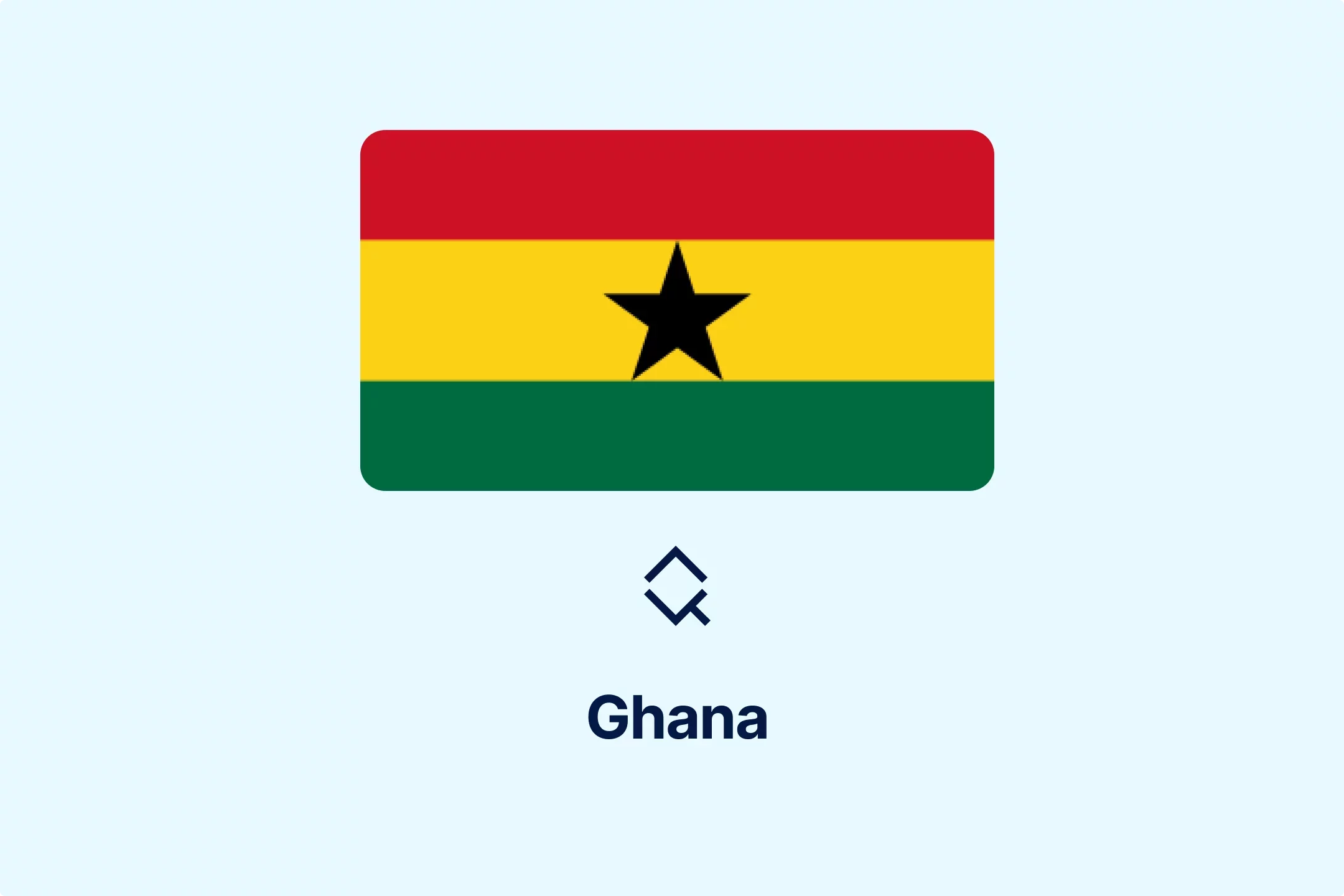

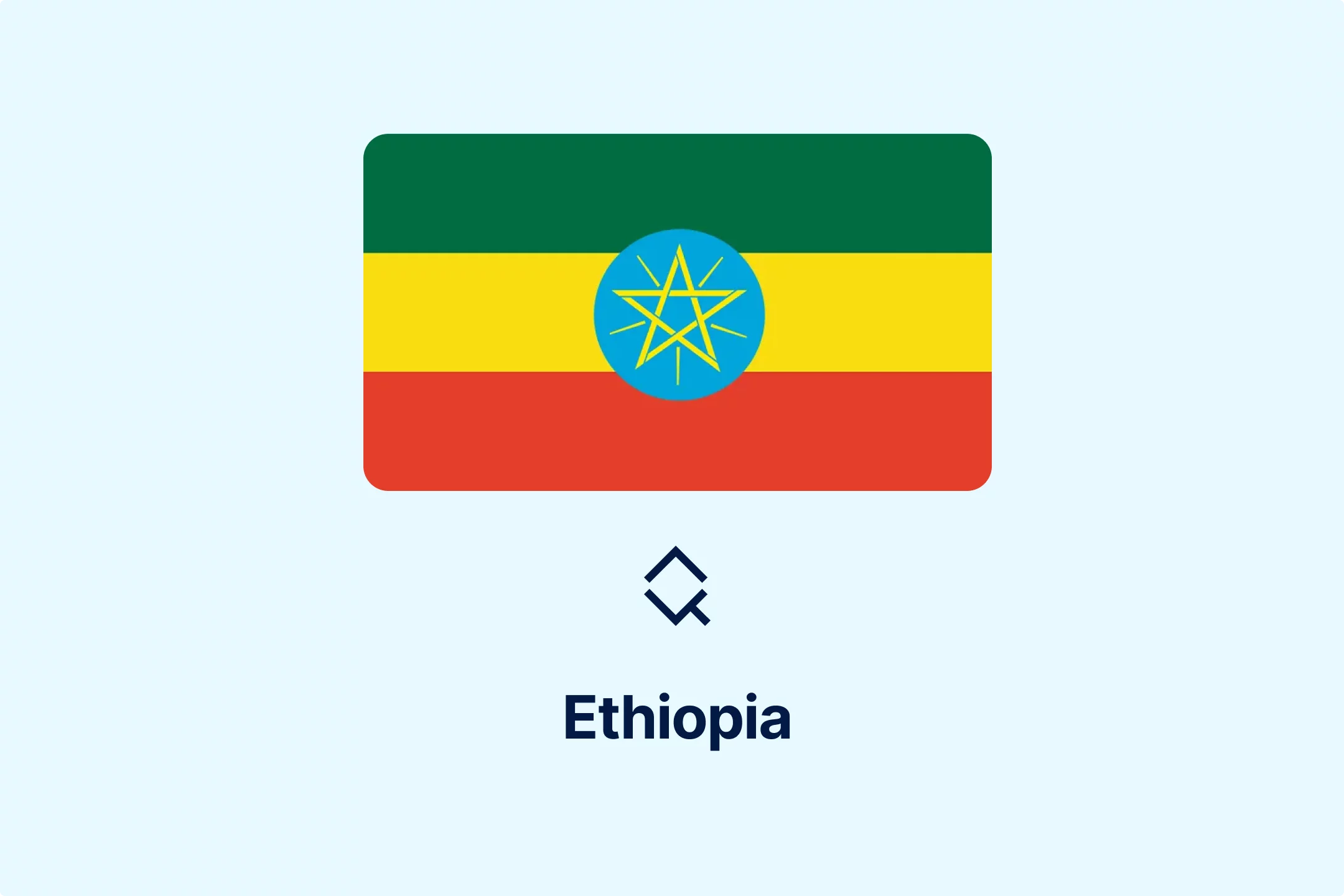
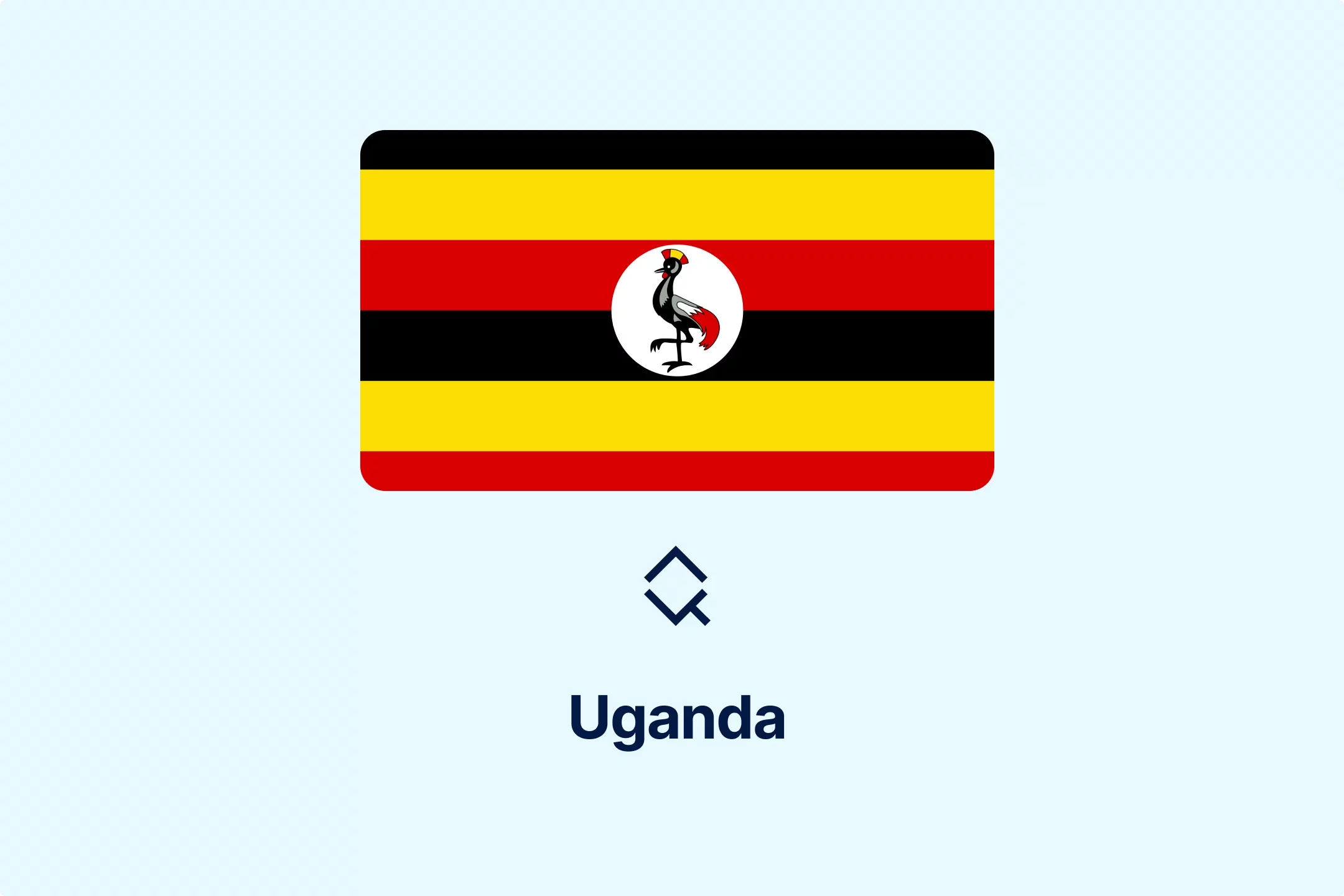
-1lfl8tbv0h.webp)




-sukknzru45.webp)




-5x4vkhcbio.webp)











-4t6t4uj2mm.webp)



-xjs7iob8wd.png)





-enoxc8fdkm.webp)





.png)
.png)









